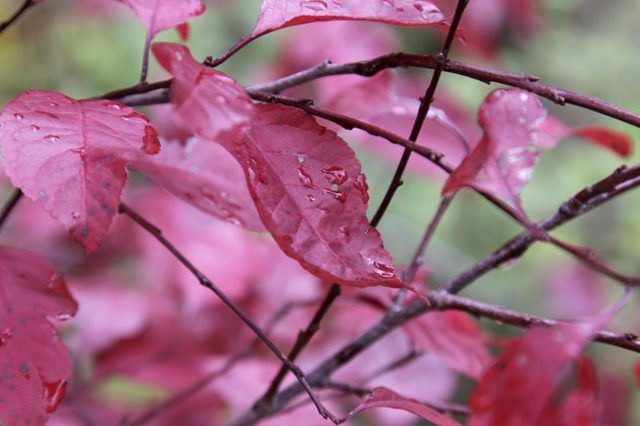Bulbs
Flower Basics
Flower Beds & Specialty Gardens
Flower Garden
Garden Furniture
Garden Gnomes
Garden Seeds
Garden Sheds
Garden Statues
Garden Tools & Supplies
Gardening Basics
Green & Organic
Groundcovers & Vines
Growing Annuals
Growing Basil
Growing Beans
Growing Berries
Growing Blueberries
Growing Cactus
Growing Corn
Growing Cotton
Growing Edibles
Growing Flowers
Growing Garlic
Growing Grapes
Growing Grass
Growing Herbs
Growing Jasmine
Growing Mint
Growing Mushrooms
Orchids
Growing Peanuts
Growing Perennials
Growing Plants
Growing Rosemary
Growing Roses
Growing Strawberries
Growing Sunflowers
Growing Thyme
Growing Tomatoes
Growing Tulips
Growing Vegetables
Herb Basics
Herb Garden
Indoor Growing
Landscaping Basics
Landscaping Patios
Landscaping Plants
Landscaping Shrubs
Landscaping Trees
Landscaping Walks & Pathways
Lawn Basics
Lawn Maintenance
Lawn Mowers
Lawn Ornaments
Lawn Planting
Lawn Tools
Outdoor Growing
Overall Landscape Planning
Pests, Weeds & Problems
Plant Basics
Rock Garden
Rose Garden
Shrubs
Soil
Specialty Gardens
Trees
Vegetable Garden
Yard Maintenance
How to Grow Purple-Leaf Sand Cherry
How to Grow Purple-Leaf Sand Cherry. Prized for its fragrant blossoms and striking purple foliage, the purple-leaf sand cherry (Prunus x cistena) is a common sight in landscaping within U.S. Department of Agriculture plant hardiness zones 2 to 8. Its tidy, 6- to 10-foot-tall growth habit and low maintenance care requirements make it a desirable...

Prized for its fragrant blossoms and striking purple foliage, the purple-leaf sand cherry (Prunus x cistena) is a common sight in landscaping within U.S. Department of Agriculture plant hardiness zones 2 to 8. Its tidy, 6- to 10-foot-tall growth habit and low maintenance care requirements make it a desirable addition to smaller yards and gardens. However, its correct growing conditions must be observed to limit the chances of fatal damage from pests and disease.
Growing Conditions
Full sun and moderately fertile, fast-draining soil provide the best growing conditions for the purple-leaf sand cherry. Although it will adapt to light shade, its blossom production and foliage color may suffer as a result. Most purple-leaf sand cherries prefer moist soil, but they should not be planted in areas with heavy soil or sluggish drainage because excess moisture will cause root problems. Likewise, overcrowding can also contribute to early decline in purple-leaf sand cherries, so provide at least 25 square feet of space for each tree to accommodate their mature size. At planting, feed the tree with 2 to 3 tablespoons of 10-10-10 analyses fertilizer to hasten root and foliage growth.
Water Requirements
Purple-leaf sand cherries need regular, deep watering during their first year in the garden to encourage deep, healthy root development. Provide roughly 1 inch of water weekly during dry weather, moistening the soil to a 6- to 15-inch depth. Established purple-leaf sand cherries are drought tolerant by the third year and need no supplemental water except during periods of extended drought or extreme heat. Provide water in summer if the tree shows signs of stress such as wilting or foliage loss, wetting the soil to a 6- to 15-inch depth. Winter water is seldom necessary, but may be advantageous if the weather is dry, cold and windy.
Fertilizer Needs
Purple-leaf sand cherries are light feeders, requiring very little supplemental fertilizer to perform well. However, a light annual application of general purpose fertilizer may help encourage more lush foliage growth and flower production in new and established trees. Feed each year in early spring before new growth emerges. Sprinkle 2 cups of 10-10-10 analysis fertilizer under the drip line of the tree and scratch it into the surface. Water as usual after feeding, then spread a fresh 3-inch layer of mulch over the fertilizer to shield the roots, keeping mulch away from the trunk.
Potential Problems
For all their good qualities, purple-leaf sand cherries are not without drawbacks. They are relatively short-lived trees, most lasting just 10 to 20 years in the garden. Poor growing conditions are often to blame for their lack of longevity, but pest infestations and viral or bacterial diseases are also significant causes of early decline. The attractive, 3/4-inch-wide fruit present another potential problem, as the fruit create a slippery mess on walkways when they drop, and the seeds inside sometimes germinate and create unwanted seedlings. Rake up any fallen fruit to prevent both issues, and discard the litter into the trash rather than the compost pile where they might take root.